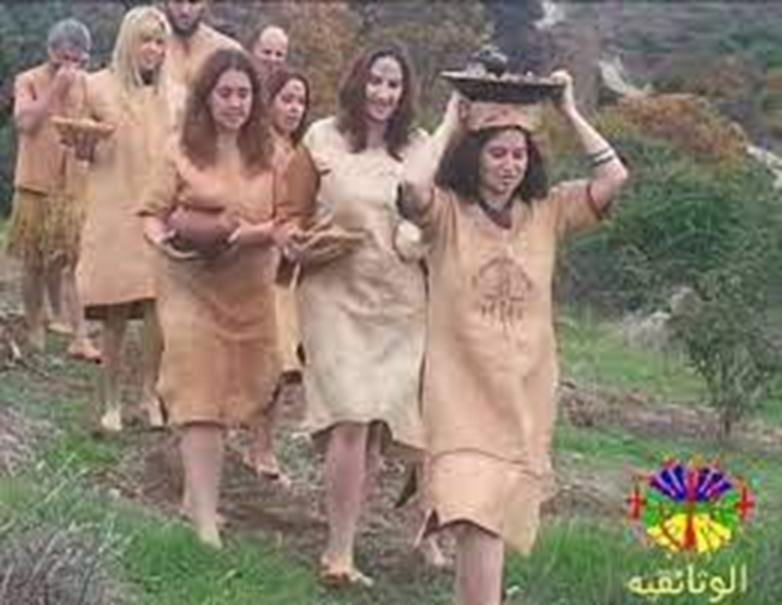An exhibition showing the antiquities of the Amazighs in the Canary Islands after the occupation of Castile

Hundreds of Amazighs arrived during the first century BC to the coasts of the Canary Islands, carrying their cultural equipment (ceramics and the alphabet...), their pets (goats, sheep and herding dogs), and the seeds they used to grow (including barley, wheat, lentils, peas)...
Their culture spread throughout the island, developed and multiplied for 400 years, until the date of the invasion of the island in 1487, by the Catholic Monarchs, and it was annexed to the rule of the Crown of Castile.
The exhibition “Island Stories” Antiquities of Gran Canaria, at the National Archaeological Museum, presents until September 3 an “exciting story from North Africa” with original pieces, as explained by Marie Carmen Cruz de Mercadal, curator and representative of the scientific association El Musco Canario, which presented most of the cutting.

It is assumed that the arrival of the Amazighs to the island was due to the Roman pressure on North Africa during this historical period, as they sought places similar to their African homeland, settled on the sides of the valleys, and established tombs near the caves in which they inhabited, and their main activity was grazing, and during the seventh and eighth centuries The Amazighs focused more on agricultural activity.
The Amazighs developed their dwellings, which they built with available local materials, left the caves, and practiced hunting activity during the fortieth century, which witnessed an important demographic growth. Archaeological excavations conducted on their skeletal remains revealed that they suffered from diseases resulting from their constant contact with water, according to the curator.
The lack of minerals on the island forced the Amazighs to exploit volcanic glass to make the utensils they needed, and their livestock adapted to the island's resources and became an essential resource for them, and they left their decorations on pottery and their clay figurines.
Most of the concepts of the remnants of the Amazigh civilization in the Canary Islands revolve around fertility and abundance. The fifteenth century, which reached its peak and managed to annex the islands to Castile.

The brutal invasion and colonization had a clear impact on the first settlers, who were decimated by war and famine that caused them new diseases, and their colonization led to the collapse of their social, economic and ideological system, but their identity remained carried through their vital genes, especially on the mother's side despite their intermarriage with the inhabitants of the island. Genetics proves their Amazigh origins, and studies have counted more than 5076 Amazighs, within the islands…
Source: websites

